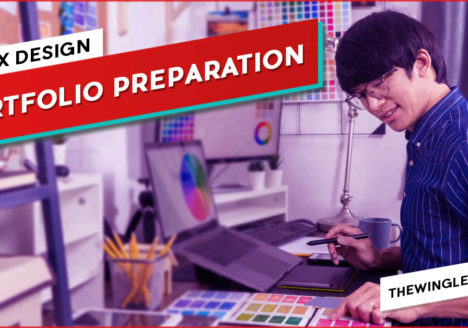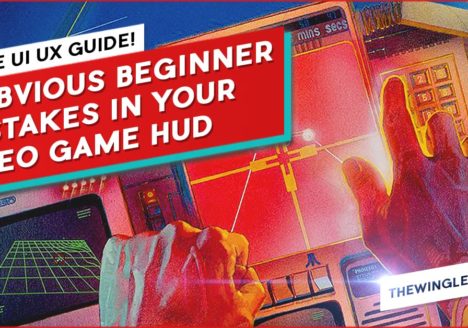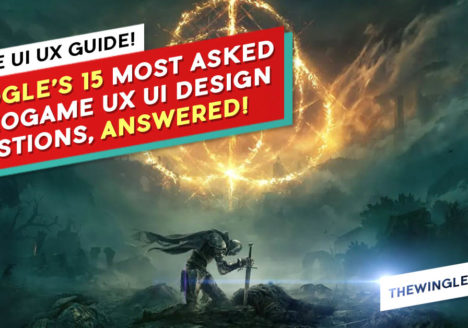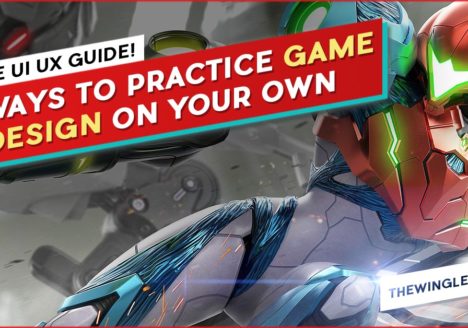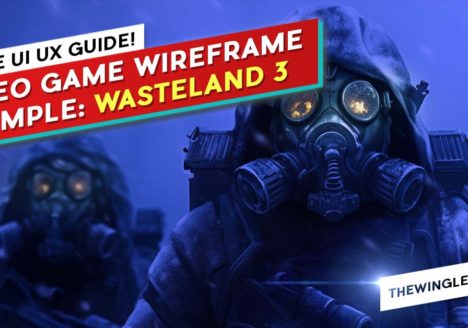The 13 Green, Yellow and Red Flags to look out for when interviewing for UI UX jobs
THE 13 GREEN, YELLOW & RED FLAGS TO LOOK OUT FOR WHEN INTERVIEWING FOR UI UX JOBS
John “The Wingless” Burnett
UI UX Designer, Art Director, Remote UI UX Mentor & Crypto Art Hopeful
THE 13 GREEN, YELLOW & RED FLAGS TO LOOK OUT FOR WHEN INTERVIEWING FOR UI UX JOBS
CAREER GUIDANCE AND PREPARATION
FIRST EDITION
The Interview concludes and you end the Zoom call. The sensation of centipedes crawling all over your career seizes you, and you shudder as you wrap your arms around yourself. Something definitely wasn’t right with that Company.
The Interview concludes and you end the Zoom call. A tide of relief washes over you in an awesome cooling wave, followed swiftly by excitement beyond restraint. You can’t wait to work for that Company.
And why did you have these very real reactions to these very real job opportunities? The flags, man, just… so many flags. Let’s talk about the 13 Green, Yellow, and Red flags that a Company will invariably fly.
GREEN FLAGS
- Having A Mole. Absolutely nothing will eclipse the high-holy power of having a friend on the inside. Beyond authentic hot-takes on the Company, if they hate it there, you’ll be able to tease out what qualities you will never put up with from any company. If they love it, you instantly have an internal referral; the Golden Ticket in any techno-creative field. In fact, an internal referral may allow you to leapfrog past much of the interview process if their recommendation is incandescent enough.
– - Multiple rounds with multiple people. Nothing good comes easy. Hiring managers, Art Directors, the Team – the more people you meet, the more kaleidoscopic a view they want of you – to make sure it sticks if they do hire you. Interviews with multiple people also shows a sensitivity for group cohesion – equally important in corporate or remote ecosystems. You can rest easy knowing that if you do get the job, your teammates were vetted just as aggressively.
– - Vetting for personality. Similarly, if they’ve put your Personality in their blindspot, take that as a clear indication that you as a person do not count in their eyes. But if they’re curious about your hobbies, activities, and affections – it’s because they want that Personality to gel with the group’s. It’s always a good sign when they stop talking about your skills and start talking about your subscription services (you are all caught up on ______, right?).
– - Art Tests. They’re intense and time consuming and nobody likes taking them. But look at it from our perspective: just give me a little proof you are who you say you are. An Art Test is a company doing its due diligence, making sure nobody slips through the cracks simply because, “the portfolio had Call of Duty stuff on it.” or, “They really want it this time”.
– - Recruiters. I’ve been working remotely for a decade now, and my interactions with Recruiters has been all over the place. On the one hand, they’ve gotten me 2 of my 3 AAA jobs (Electronic Arts, id Software) and plenty of smaller contracts. On the other hand, I can’t tell you how many times they’ve wasted my time and clogged my phone at all hours. But if a Company can afford a Recruiter at all, the odds are also very good they can afford you at a higher salary, as well. Good or wasteful, interpret Recruiters like an albatross at sea: there’s good things over the horizon.
– - A “woke” social presence. Your own political opinions and corporate cynicism aside, a “woke” company is far more attractive to Talent, advertisers, partners and possibilities. These qualities are the foundational layer of any Company that intends to telescope into the future. If the Company is building social walls instead of bridges, they’ll be a relic of the past.
YELLOW FLAGS
- Crossing Industries. If you’re a game developer and you’re interviewing for an app job, or vice-versa, always consider the jump a dangerous yellow-flag by default. It’s not that you won’t be good for the role or that you can’t adapt – honestly, it’s all boxes and text. Crossing Industries is a yellow flag because your employers won’t really know how to slot you into rolling tasks or use you well in their process. In fact, I would argue if you’re a gamedev going for a corpo job or vice-versa, assume the leap is also a huge yellow-flag for them as well.
– - Corporate Neo Natal Ward. No social media, a barely-there website, and nobody’s ever heard of them. Watch out for any Companies borne on magic beans. That said, Talent comes from anywhere and Greatness must start laughably small. But if they’re new, that also means their team is untested, their methods unproven, and they will never be as vulnerable as they are right now.
RED FLAGS
- Asking all the wrong questions. This may be the most red frequent flag you come across in your interviewing career. From the Company’s perspective, they need to fill a role that they themselves barely understand. So it’s within tolerances to hear questions that aren’t entirely relevant to filling that role. But you will definitely sense when nobody is asking you the questions a new UI UX hire should be grilled on. If you’ve been interviewing for awhile and hear none of the familiar beats, it means they are unfamiliar with hiring anyone like you, and will likely be equally baffled working with you.
– - Portfolio Agnosticism. Do you have a barely-there portfolio and they were dismissively cool with it? Did they even mention your work? Have you stopped to consider why that might be? If they don’t care about the quality of your work, it’s because they’re foaming at the mouth about the quantity of it instead. You’re about to enter a Gladiatorial colosseum of nothing but crunch – and all thumbs point down.
– - Hiring directly out of schools. You may think hiring from schools is kind; damn-near charitable, but it’s not. A company thrives off of the expertise of rare Talents like you, and even junior-level positions require some kind of raw competency. If a company traditionally hires out of schools, it’s because they want a steady supply of people who are grateful to work anywhere after graduating, and therefore, are far more susceptible to long hours and abusive behavior. Be especially wary of mentorship programs that promise 100% job placement, as they likely have a deal with companies to simply sell off students like cattle (and what invariably happens to cattle, hmm?)
– - “Edgy” social presence. Any publicity is good publicity – except when it’s demonstrably, rancidly bad. Any company that punches-down, insults with feckless abandon, or supports ideals you find profane is doing so because of their Leadership. If they’re projecting this to the outside world, assume their interior ministry is endlessly more disturbing.
– - Oh he um… he left. Always ask what happened to the previous person who had the spot you’re trying to occupy. It’s likely you won’t receive a straight answer, but you’ll always discover an insightful one. If the interviewer hems and haws and orbits around the question, it might be because that person was just fine and the company was foul. If, on the other hand, the company tells you flatly it didn’t work, that’s hardly a lie – and good people leave good companies all the time. But if they treat a departure like a Stephen King novel, that’s a bad sign… as a matter of fact… that old hire disappeared thirteen years ago almost to the day… up in that-there Salem’s Lot, ay-yah…
Are you interested in even more UI UX Design education? How about a remote 1-on-1 Mentorship?

THE UX SPACECAMP
I run my own personal 1-on-1 remote Mentorship program that teaches you how to make app and game UI UX Design. With my program, everything is bespoke: the program, the projects, the pacing, the potential. If you’re tired of trying all on your own – or just want to stay safe while moving forward, check out my Mentorship program. Monthly and hourly consults available!


